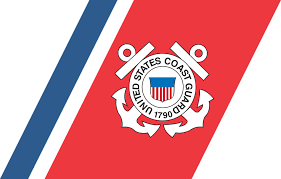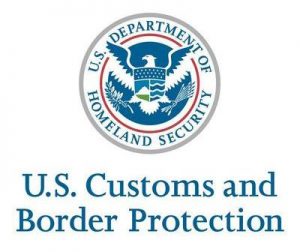Set Port Condition X-RAY
Effective immediately, in preparation for the approaching tropical system CRISTOBAL, the Captain of the Port (COTP) Sector New Orleans is setting Port Condition X-RAY in accordance with the Maritime Hurricane Contingency Port Plan (MHCPP).
The COTP has ordered the enforcement of the Hurricane Regulated Navigation Area (RNA) East under 33 Code of Federal Regulations (CFR) 165.838 (refer to MSIB Volume XX Issue 061).
Vessel owners and operators are reminded of the October 2014 Memorandum of Understanding (MOU) pertaining to vessels and barges located below Mile Marker (MM) 73 Above Head of Passes (AHP) as port conditions change. At this time, the Coast Guard does not intend to implement the safety zone for river evacuation below MM 73. However, these requirements will be discussed on the Port Coordination Team conference calls and reassessed as needed.
All vessels entering and departing the COTP Zone New Orleans are reminded to update their Notice of Arrival with any changes to their arrival or departure information (33 CFR 160.208, 33 CFR 160.212). The COTP will make notifications as soon as waterway and bridge closures become apparent. The COTP has also outlined specific port preparation requirements and recommendations in the MHCPP.
• All self-propelled ocean going vessels over 500 Gross Tons, all oceangoing barges, and their supporting tugs within COTP Zone are required to submit a Remaining In Port Checklist (RIPC) in accordance with the MHCPP.
• Vessels are required to submit the RIPC reporting tool found in Enclosure 2 of the MHCPP. Vessels shall include enhanced vessel moorings with due consideration given to the effects of predicted storm surge.
• Upon completion of the RIPC fax or e-mail the reporting tool (attached) to the Vessel Traffic Service at (504) 365-2519 or e-mail to: D08-PF-VTSNEWORLEANS-LMR@USCG.MIL
All vessels and facilities operating within COTP New Orleans are strongly urged to implement the following:
• Secure missile hazards and clear nonessential equipment and loose gear.
• Secure/remove hazardous materials or cargos to a safe location, especially drums.
• Oil transfer terminals not engaged in transfer operations should drain all loading arms and hoses of product, blank off hoses, and empty/clean small discharge containment.
• Mooring lines doubled up with due consideration given to the effects of predicted storm surge.
• If moored, outboard anchor rigged at a short stay.
• Ensure sufficient number of officers and crew onboard to tend mooring lines, and/or get underway.
• Vessel ballasted to ensure maximum safety.
• All side ports, hatches, portholes, and other openings are closed and secured.
• All firefighting equipment is ready for immediate use.
• A continuous radio watch maintained on Channel 16 and 67 VHF-FM.
• If at anchorage, at least two anchors set.
• If at anchorage, vessels should remain ready to get underway within 15 minutes.
• Spare mooring lines and/or wires should be readily available.
• Facility storage tanks should be pressed up or empty (it is preferred to have empty and/or pressed up tanks vice multiple tanks partially full).
• Styrene and other similar product-producing facilities should take additional precautionary measures
Port partners and mariners are cautioned that the COTP New Orleans may quickly set Port Condition Yankee and further conditions as the situation develops. You are strongly encouraged to review your existing hurricane plan, take actions to minimize risk, and be prepared to evacuate, if necessary.
You may review the MHCPP, referenced above, online at https://homeport.uscg.mil/port-directory/new-orleans.
For additional information, contact the following:
Waterways Management: (504) 365-2280 Email address: SecNOLA-WPM@uscg.mil
Sector New Orleans Command Center (24 hour): (504) 365-2200
Vessel Traffic Center (24 Hour): (504) 365-2230 or VHF-FM channels 67 or 12
Coast Guard District Eight Bridges: (504) 671-2128
National Response Center (24 Hour): 1-800-424-8802


